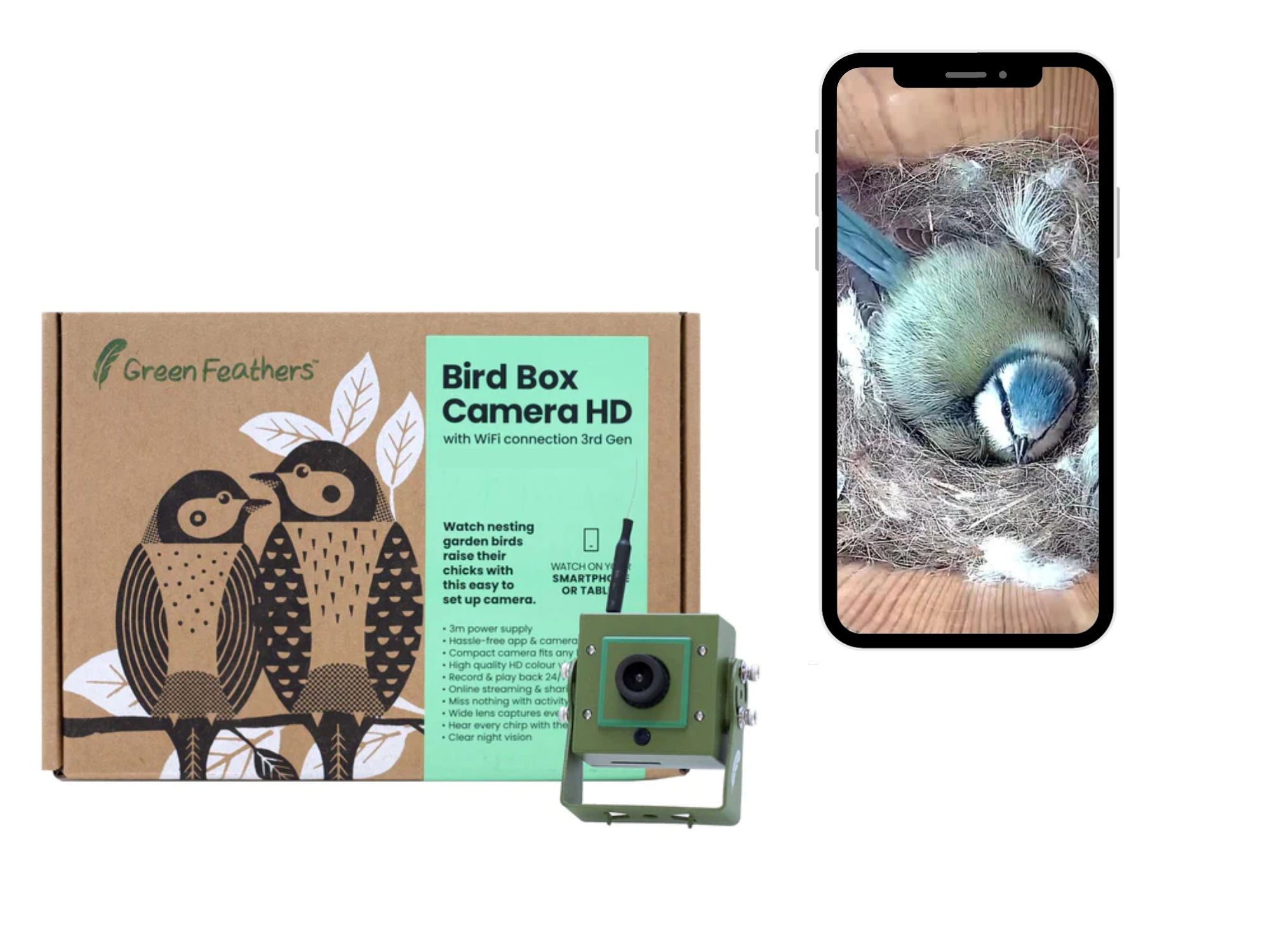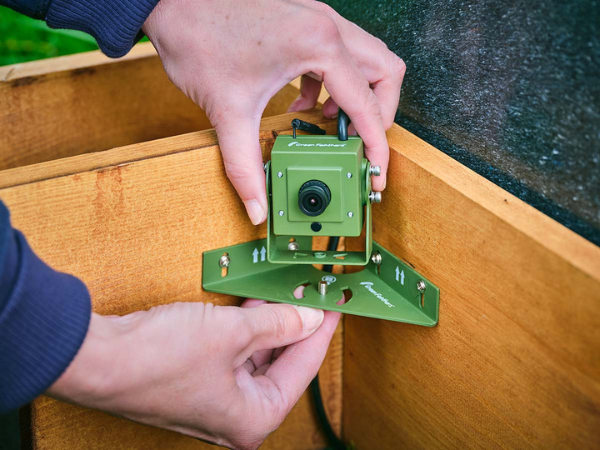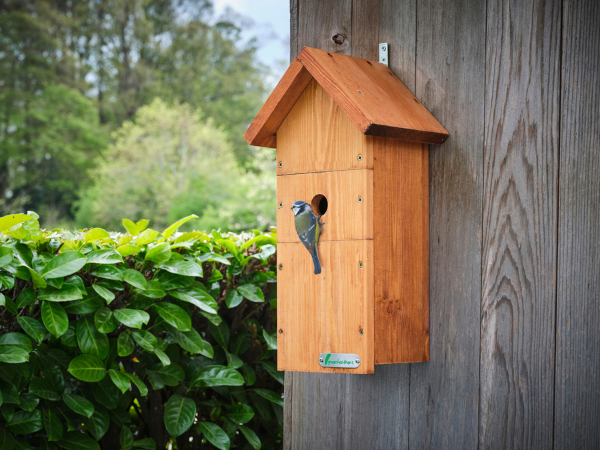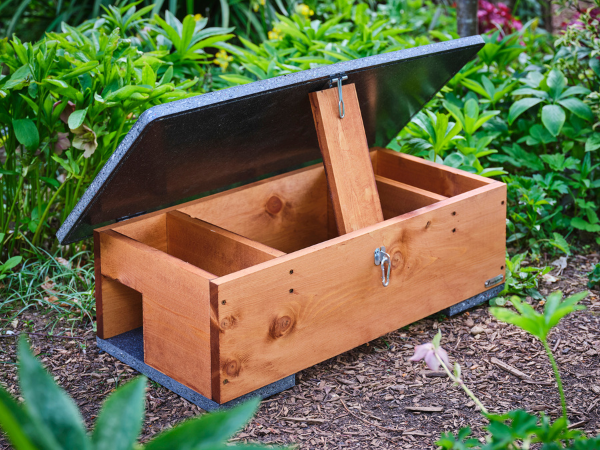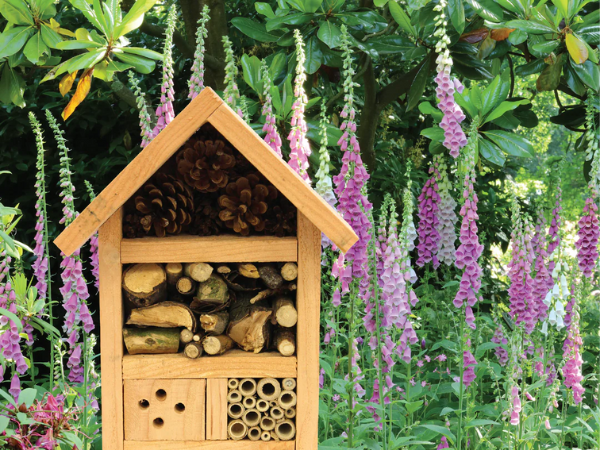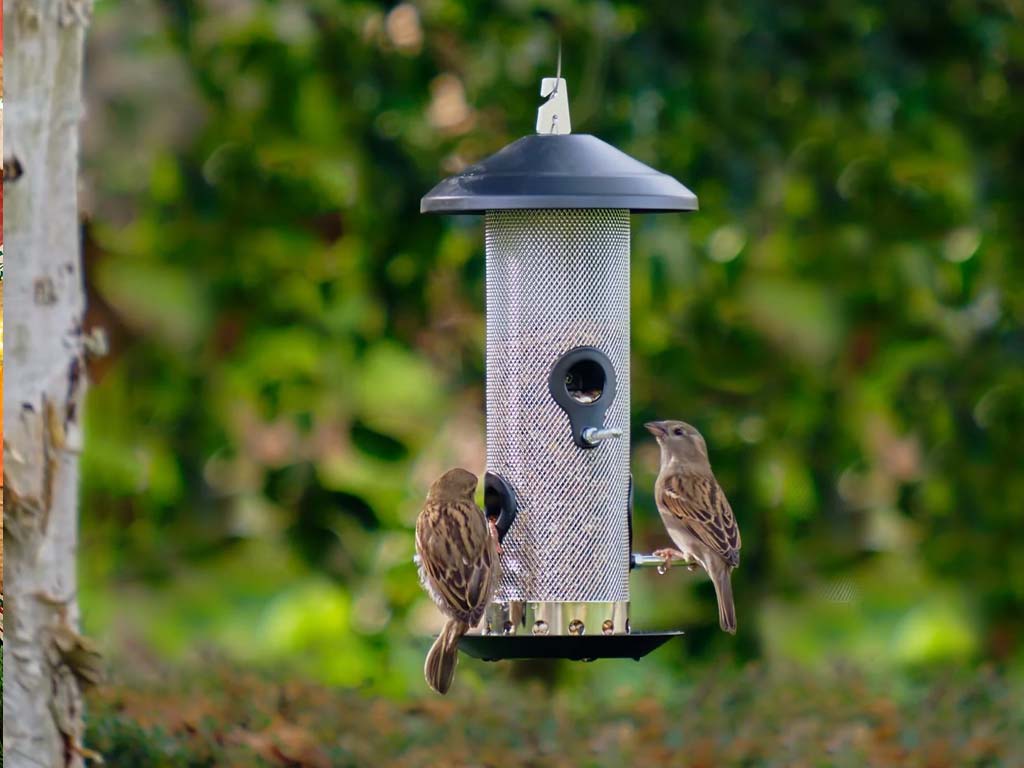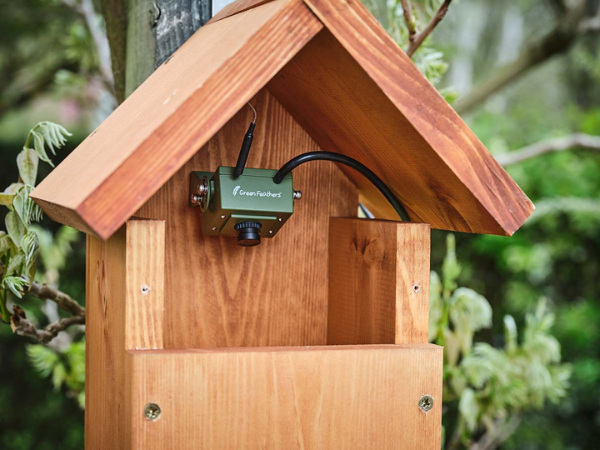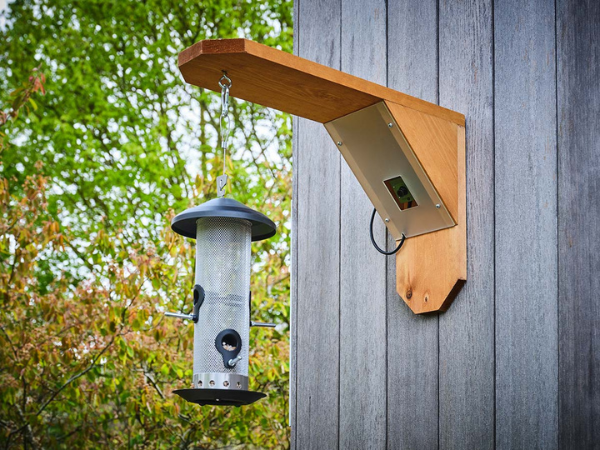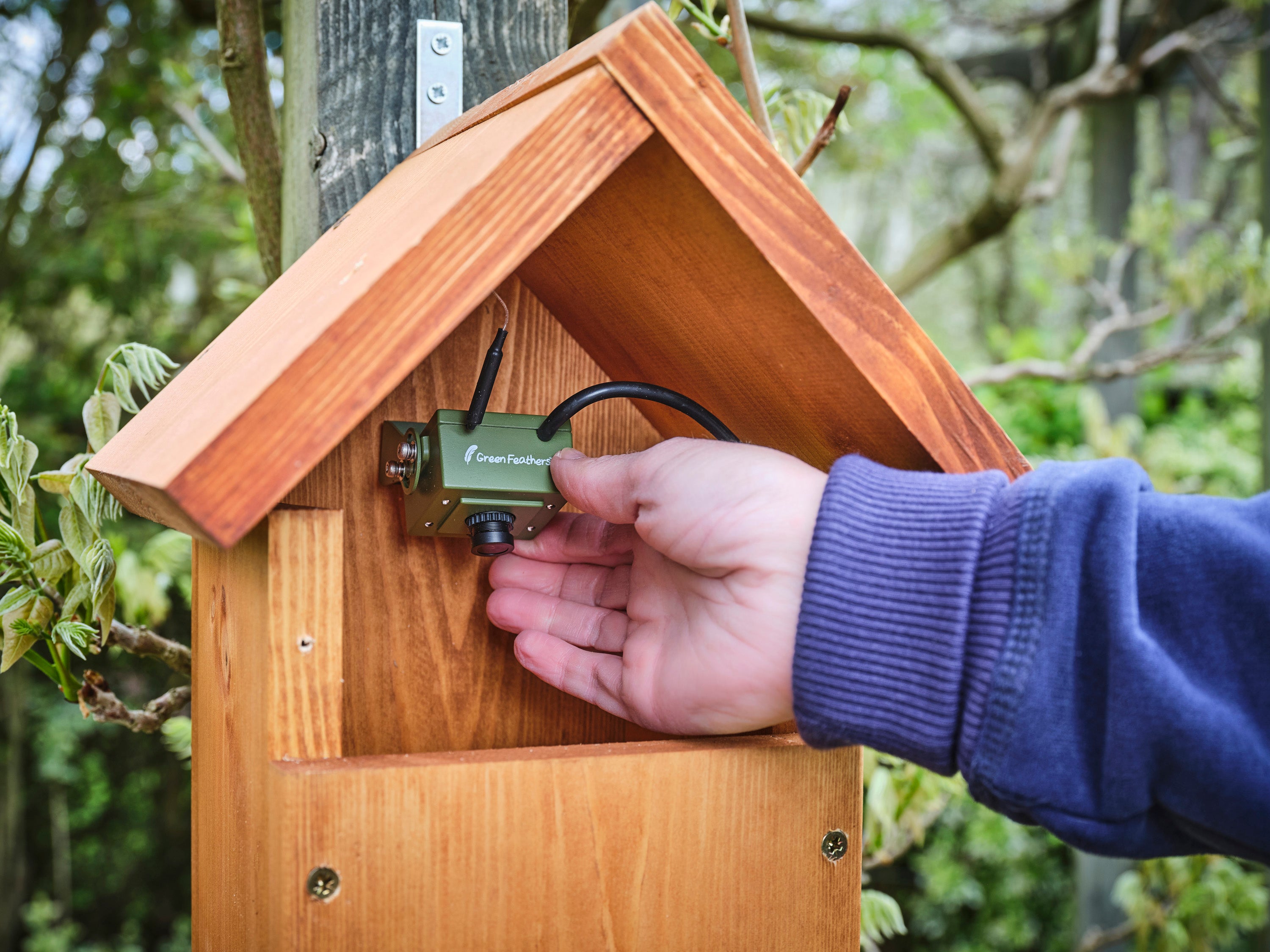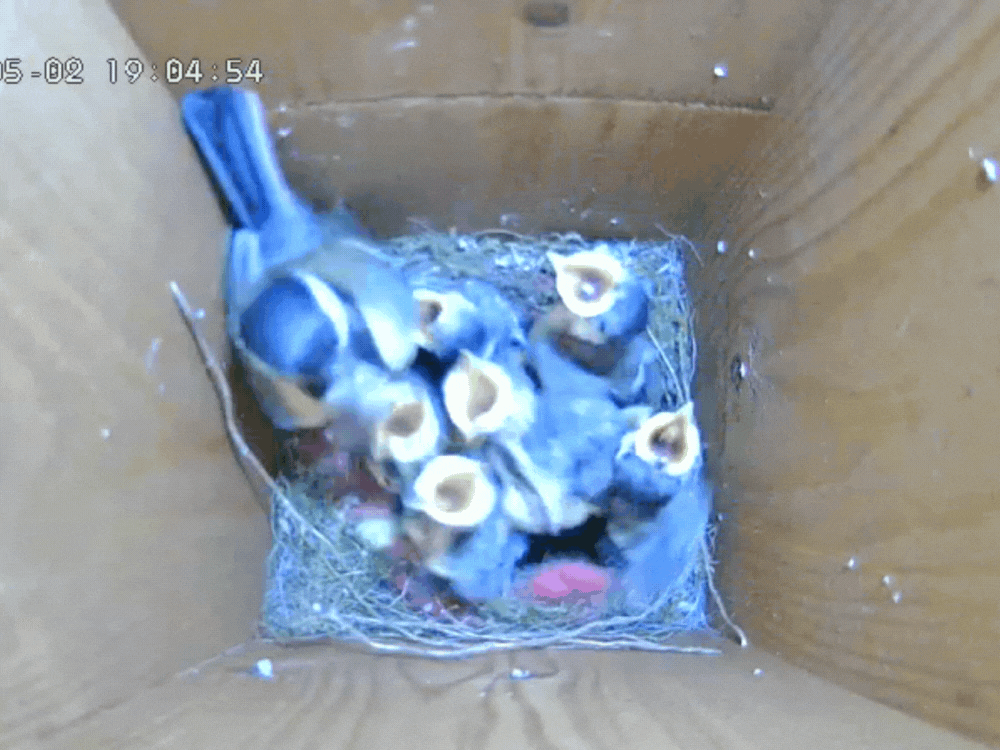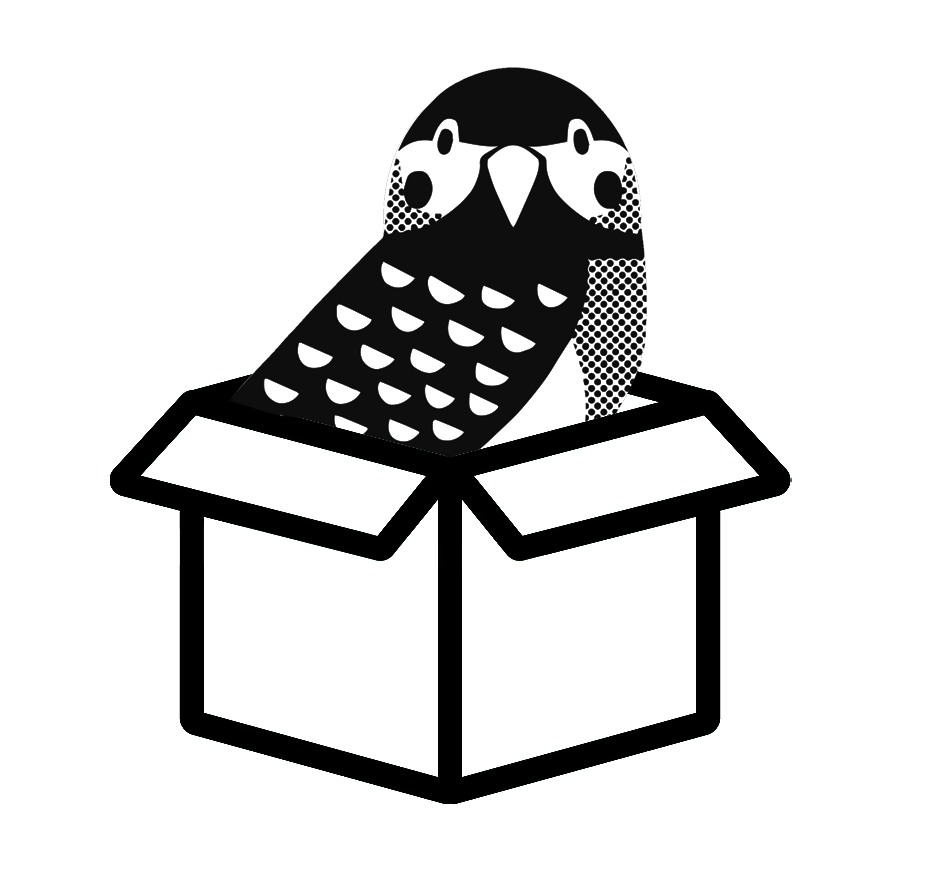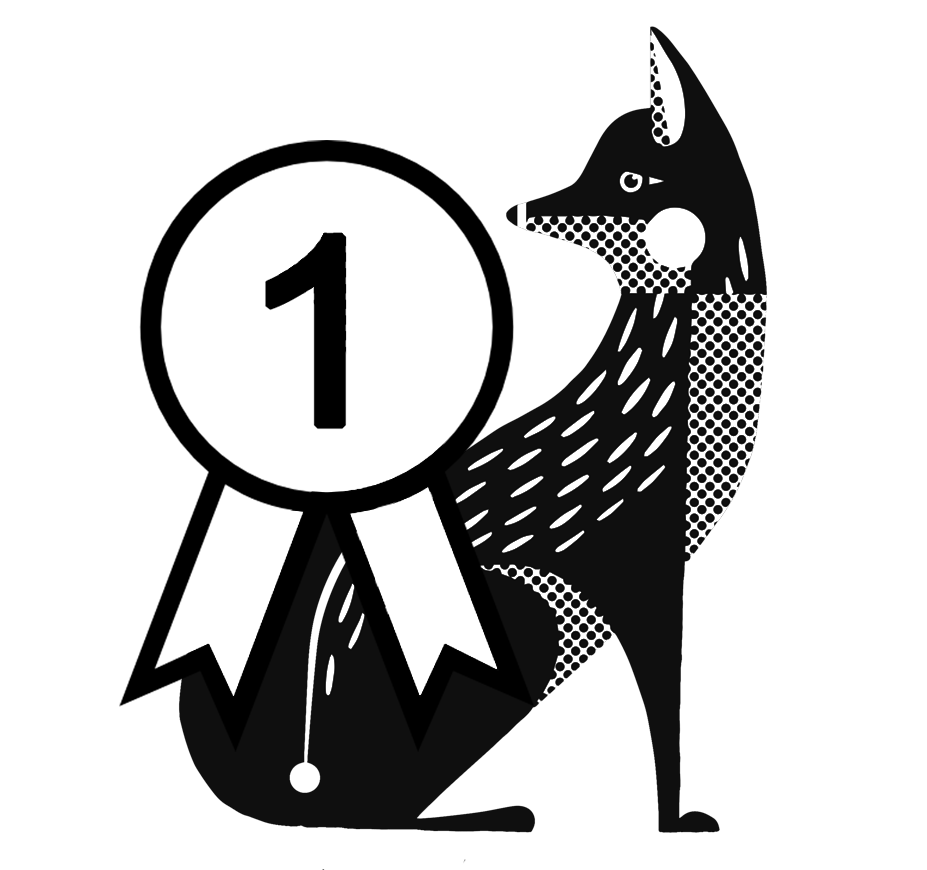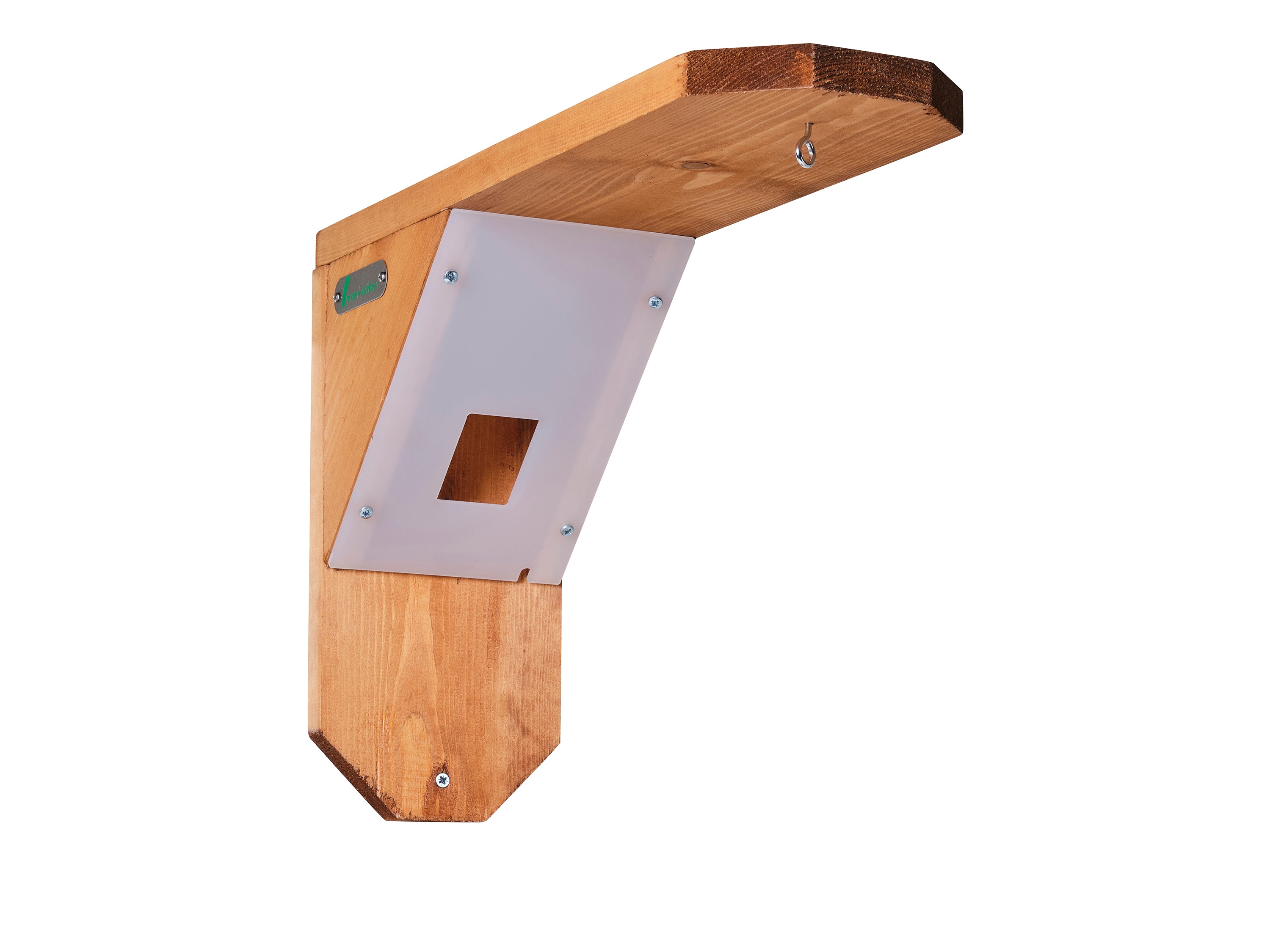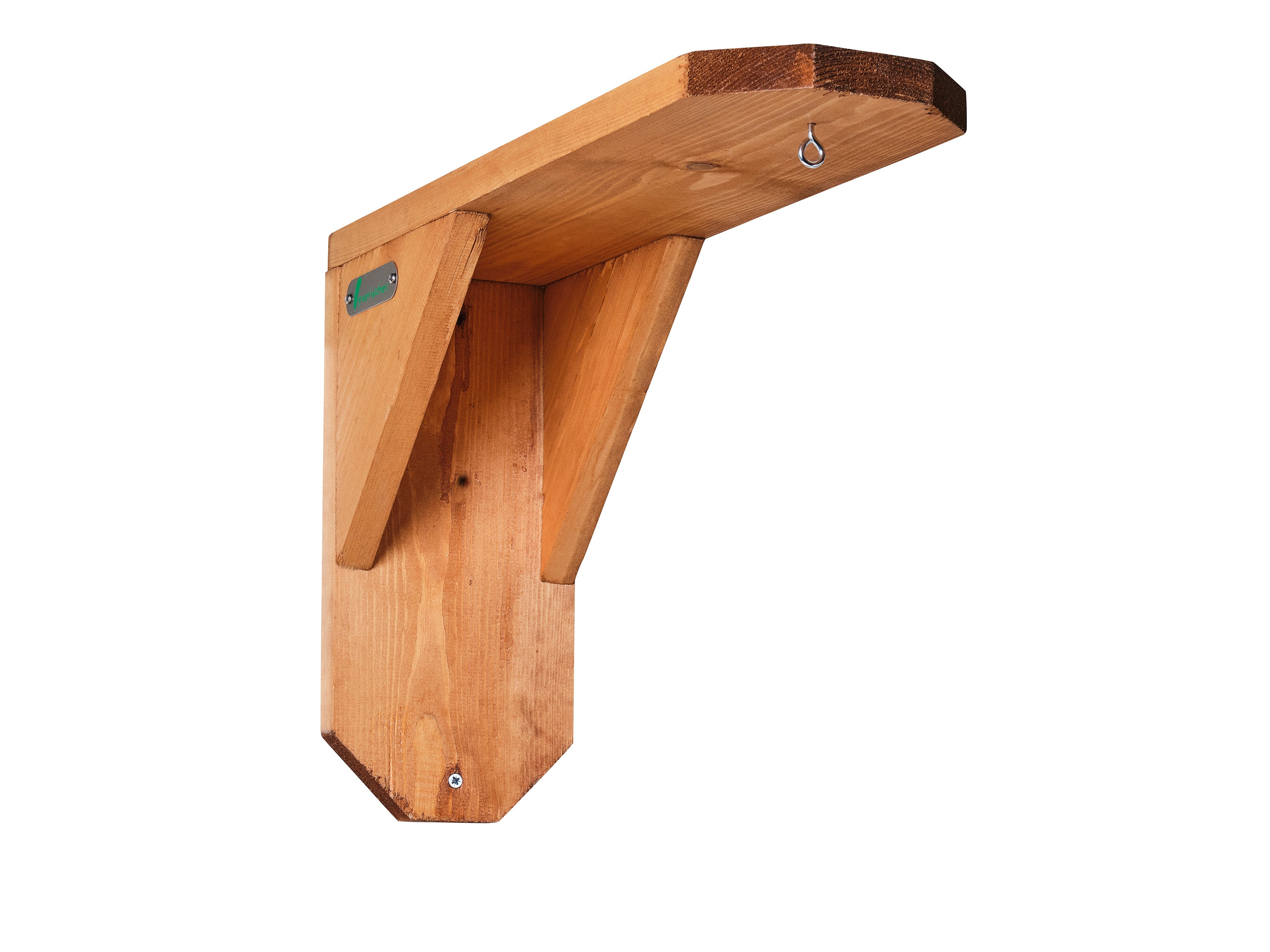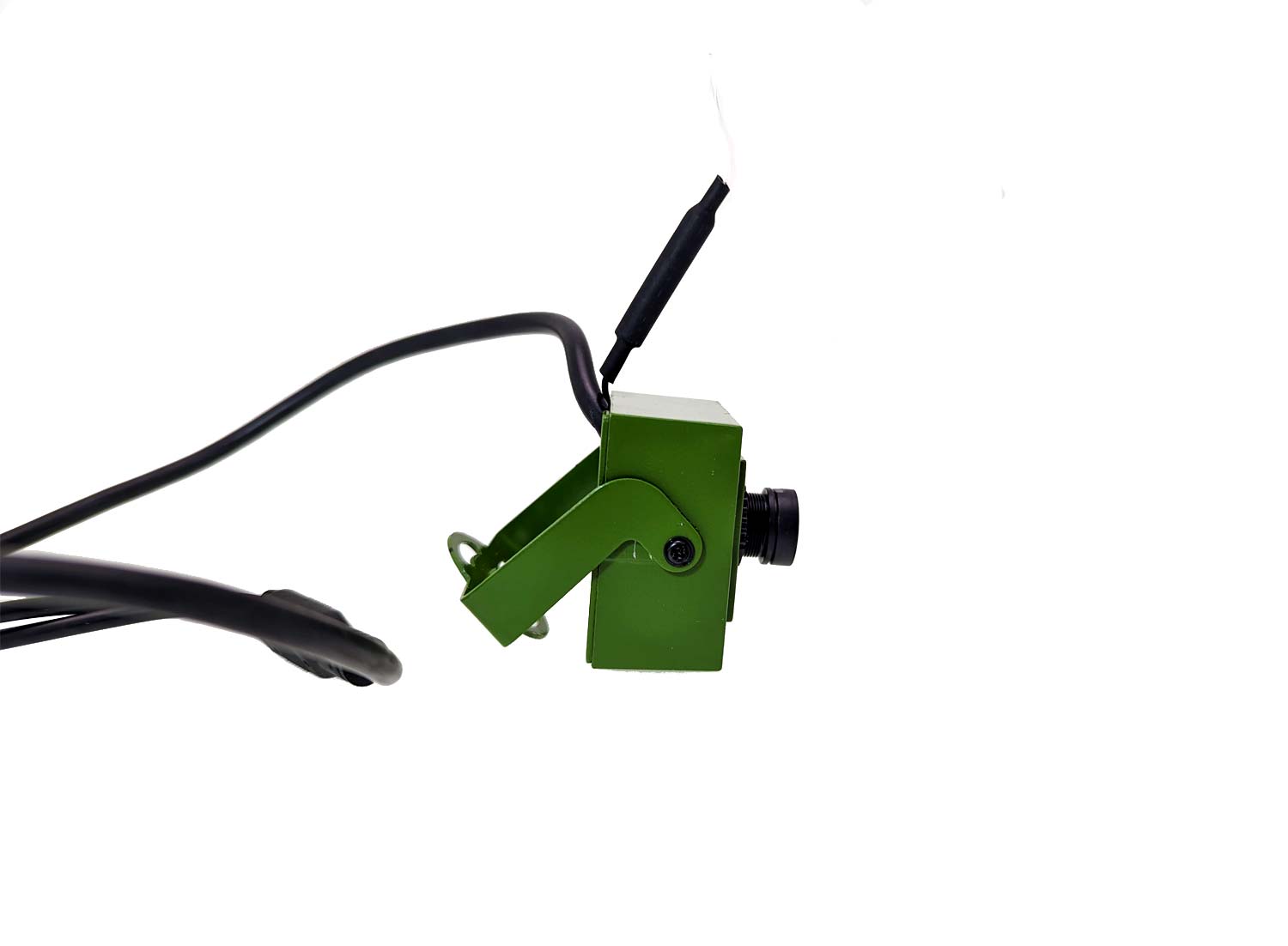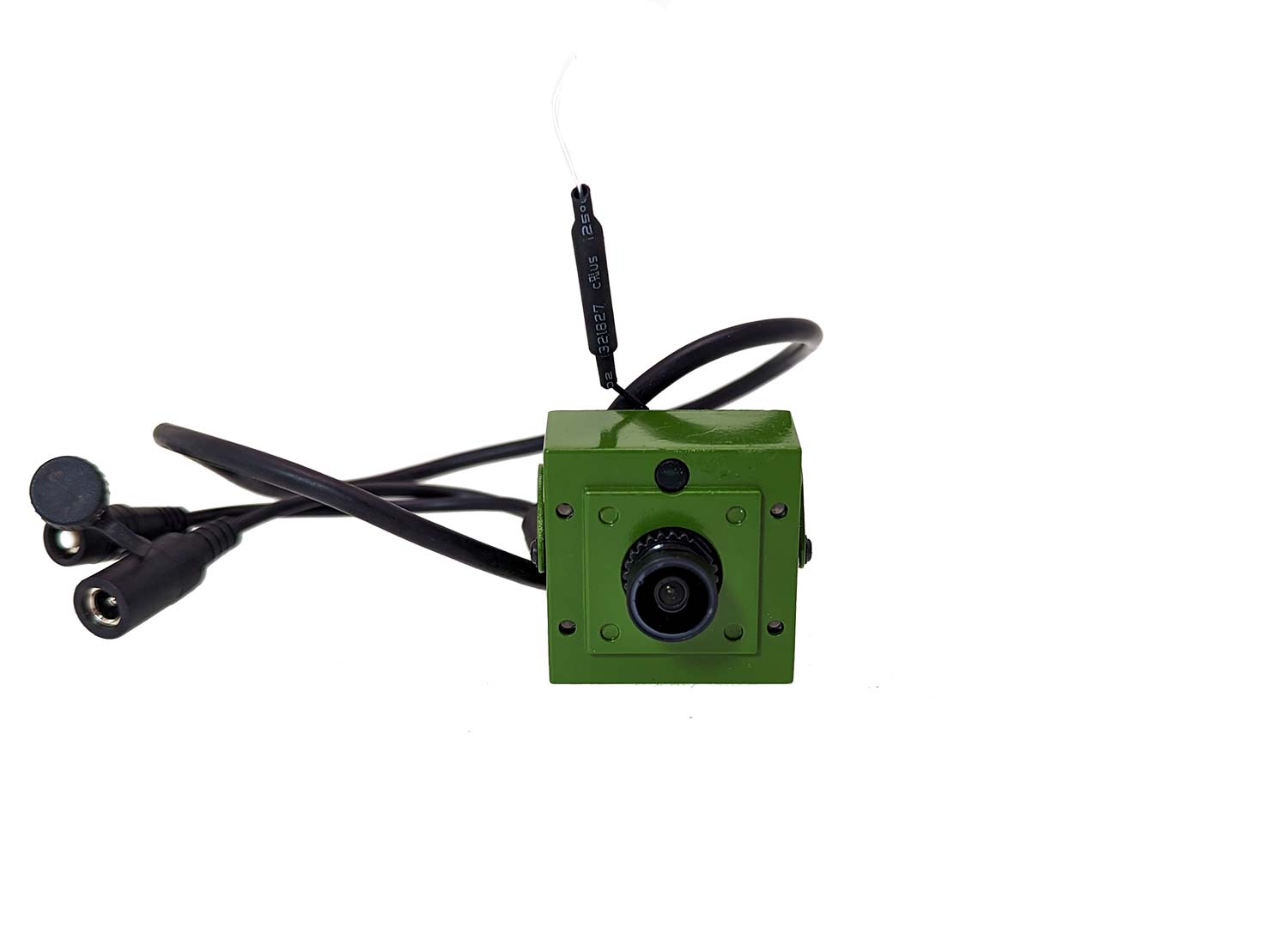Welcome to Green Feathers' "Bird of the Month" series! As spring reaches its end, we turn our attention to the remarkable swift, an agile bird known for its impressive flight and unique late May nesting behaviour in the UK. Join us as we explore the world of swifts, their characteristics, nesting habits, and the significance they hold as summer approaches.
The Swift's Aerial Prowess
The swift, scientifically known as Apus apus, is a bird renowned for its exceptional flying abilities. With long, streamlined wings and swift speeds of up to 70 miles per hour, these birds are true masters of the sky. Their mesmerizing flight displays, and acrobatic manoeuvres are a sight to behold, capturing the hearts of bird enthusiasts and nature lovers.
Late May Nesting
One fascinating aspect of swifts is their unique nesting behaviour, which begins in late May. Swifts are known for their strong fidelity to nesting sites, returning to the same location year after year. They prefer nesting in nooks and crevices of buildings, utilizing their saliva to create cup-shaped nests. This behaviour has led to a harmonious relationship between swifts and humans, as many people provide dedicated nesting spaces for these captivating birds.
Remarkable Migrations
Swifts are remarkable migratory birds, spending their winters in Africa and returning to the UK for breeding. Their migration journeys cover thousands of miles, showcasing their incredible endurance and navigational abilities. Late May marks their arrival in the UK, coinciding with abundant insect populations, ensuring a plentiful food supply for their growing chicks.
Social and Nurturing Parents
Swifts are highly social birds, often nesting in colonies, creating a lively and vibrant atmosphere. Breeding pairs work together to care for their young. Both parents contribute to incubating the eggs and feeding the chicks. They catch insects in mid-air, gathering them in their throats before regurgitating them into the mouths of their hungry offspring. This cooperative parenting ensures the swift chicks receive the necessary nourishment for healthy development.
Conservation Efforts
Preserving suitable nesting sites is crucial for the survival of swift populations. Modern building practices have reduced natural nesting opportunities. However, conservation initiatives are underway to raise awareness and provide artificial nesting spaces. Retrofitting buildings with swift nest boxes or using specially designed nest bricks can help protect these magnificent birds and ensure their continued presence in our skies.
Appreciating Nature's Sky Dancers
The return of swifts in late May showcases the beauty and resilience of nature. Their aerial displays and devoted parenting serve as a reminder of the wonders beyond the ground. By appreciating the swifts' graceful flight and providing them with suitable nesting opportunities, we can foster a harmonious coexistence and celebrate their captivating presence in the UK skies.
At Green Feathers, we are committed to promoting bird conservation and offering innovative products that allow you to observe and appreciate these incredible creatures up close. Our bird box cameras provide a unique and immersive experience, allowing you to witness the nesting activities of swifts and other bird species right from the comfort of your home. Capture precious moments, learn about their behaviour, and contribute to citizen science by recording valuable data. Our WiFi Bird Box Camera is particularly adored by bird watching enthusiasts, with a simple setup and instant viewing wherever you are on smartphone or tablet using the official Green Feathers app.
Late May brings the return of swifts to the UK, offering a glimpse into their aerial wonders and unique late nesting habits. Their swift flight and dedicated parenting inspire awe and admiration. Let us appreciate these remarkable birds, support conservation efforts, and ensure the continued presence of swifts in our skies for generations to come. Browse the Green Feathers site to discover our range of bird box cameras and other products that promote bird conservation plus provide a window into the fascinating world of swifts and other avian species.

